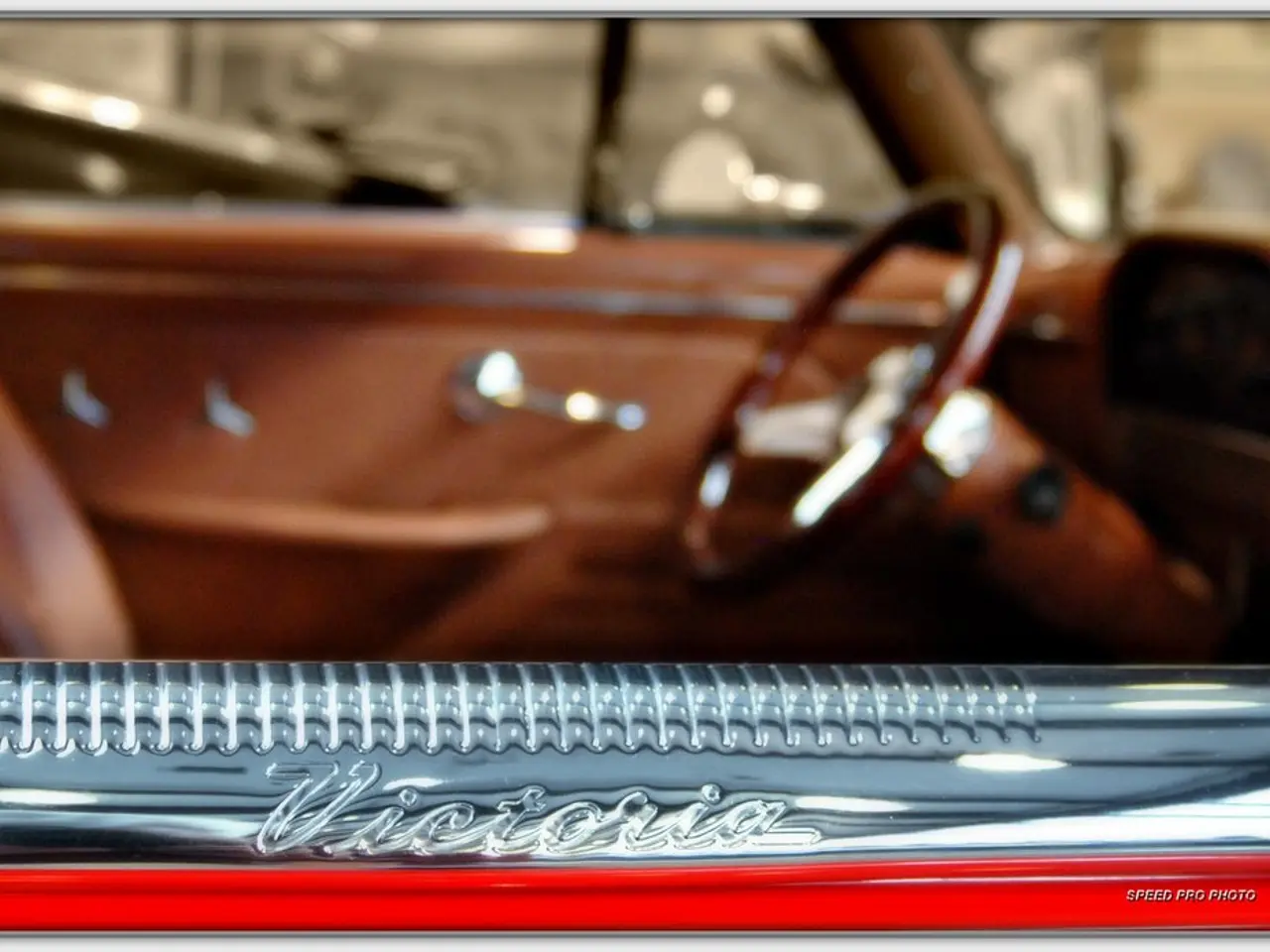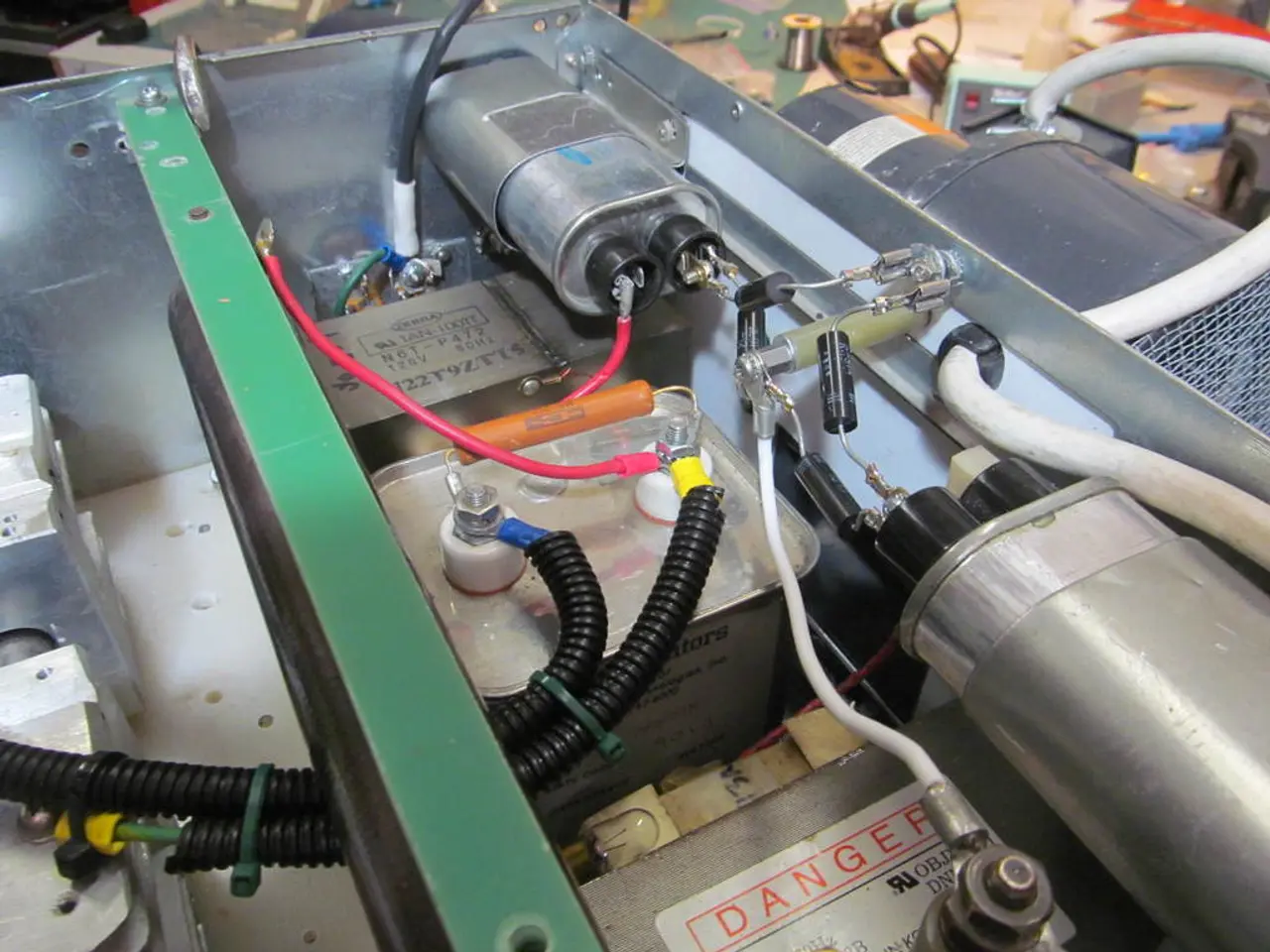Challenges in Via Design for 4-layer PCBs and suggested layout solutions
In the realm of high-frequency RF Printed Circuit Boards (PCBs), the design of via structures plays a critical role in ensuring signal integrity, minimizing parasitic effects, and reducing coupling and impedance mismatches. Here are key guidelines for optimizing via design in high-frequency RF PCBs.
1. **Choosing the Appropriate Via Type and Size** - Microvias (≤150 µm) or via-in-pad (VIP) technology are preferred for high-frequency RF applications. VIPs, which place vias directly under component pads, help minimize stubs and parasitic effects, but require careful fill and capping to avoid solder wicking and ensure flatness. Keep via diameters as small as possible (e.g., <200 µm for VIPs) and maintain a low aspect ratio (≤12:1) to support plating quality and reduce inductance.
2. **Minimizing Via Inductance and Parasitics** - Use shorter vias to reduce inductance, especially by avoiding long through-hole vias. Blind or buried vias reduce via stub length, lowering parasitic inductance and signal reflections. Avoid excessive via count on high-speed paths to reduce cumulative parasitic effects. Employ filled and plated vias to lower inductance and improve signal integrity.
3. **Maintaining Controlled Impedance of Via Transitions** - Design vias with consistent and predictable geometry, considering the PCB stack-up and dielectric properties to maintain characteristic impedance. Avoid abrupt transitions; use tapered or anti-pad clearance around vias to control impedance discontinuities. Keep differential pair vias symmetrical and spaced consistently to maintain uniform differential impedance and minimize skew.
4. **Reducing Coupling and Crosstalk** - Increase spacing between neighboring vias and signal traces, particularly outside dense routing zones, to reduce electromagnetic coupling and crosstalk. Place vias within ground or power plane grids to avoid creating “hot spots” or voids that may increase impedance or noise coupling. Isolate analog and digital areas with well-planned zones and ground planes to minimize interference.
5. **Proper Via Stitching and Grounding** - Employ via stitching to connect ground planes around high-frequency vias to reduce loop inductance and improve return current paths. Ensure ground vias are placed regularly and symmetrically around signal vias to create a well-defined current return path.
6. **Smooth Signal Transitions and Routing** - Avoid 90-degree via pads or trace bends near vias; use 135-degree or rounded corners to prevent impedance discontinuities and signal reflections. Keep differential pairs aligned through vias without introducing skew, and avoid placing components between the pairs that would disrupt impedance matching.
7. **Simulation and Modeling Tools** - Use electromagnetic simulation tools (such as SIMBEOR or other SI analysis software) to model via structures and predict parasitic capacitance, inductance, and impedance over the entire frequency range of interest. This helps optimize via geometry and placement before fabrication.
By following these strategies, you can effectively minimize parasitic effects, control impedance, and reduce coupling and impedance mismatches for high-frequency RF PCB vias. Some additional tips include using dedicated vias for each RF component pin, reducing via diameters to 8-16 mils, and implementing via stitching wherever applicable to create shorter ground return paths for the current. In mmWave PCBs, consider implementing a via fence around grounded coplanar waveguides for enhanced high-frequency isolation.
Using an impedance calculator, one can determine appropriate via dimensions for high-frequency RF Printed Circuit Boards (PCBs) based on technology, such as via-in-pad (VIP) or microvias. Technology plays a crucial role in maintaining controlled impedance and reducing parasitic effects, as it affects characteristics like plating quality and inductance.
Ensuring consistency in via transition geometry and minimizing via diameters helps maintain predictable controlled impedance and reduce impedance mismatches in high-frequency RF PCBs, which is an essential aspect facilitated by technology like impedance calculators.




